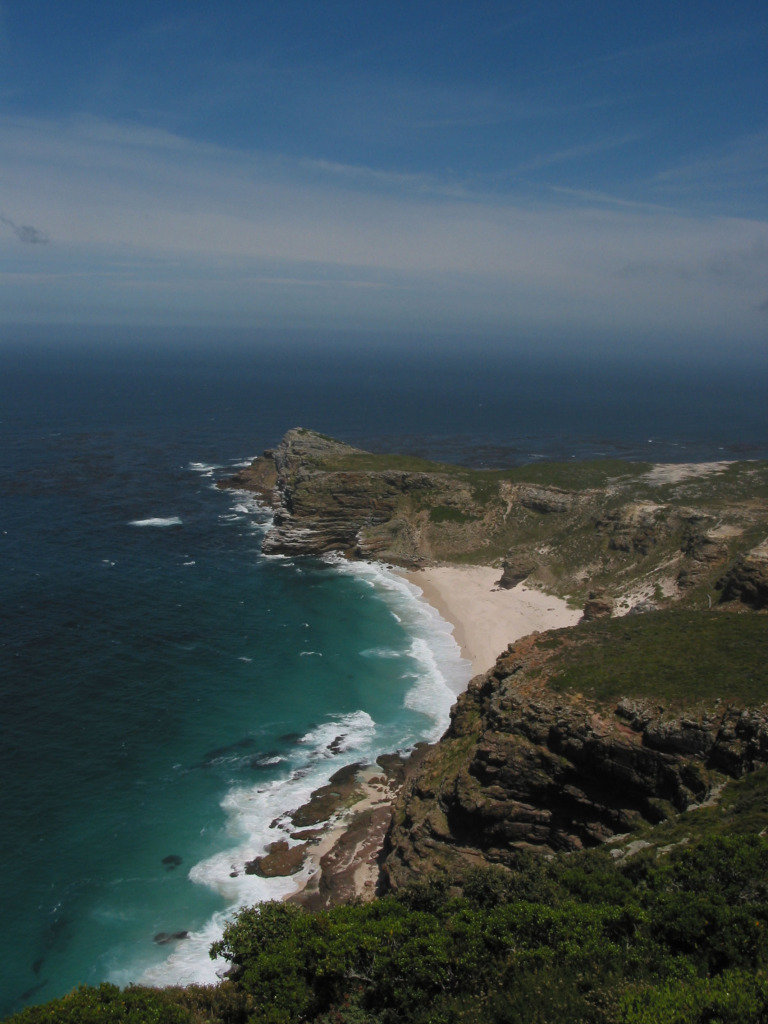
Growth and resorting dynamics of savanna trees across resource gradients in Kruger National Park
Overview:
In Kruger National Park (KNP), increasing elephant population densities, novel fire regimes and changing climate are impacting the dynamics of iconic savanna tree communities. Theoretically, the structural and compositional dynamics of these communities in highly-disturbed savanna ecosystems are very sensitive to tree growth rates. Slight differences in growth rate (either in intact or previously-damaged, resprouting trees) can lead to strong nonlinearities in the presence of disturbance, especially in the so-called “fire trap,” which young trees can only escape once they have grown beyond a size threshold. For a given fire frequency, trees must grow fast enough to escape the next fire (which will cause topkill and resetting of the growth process anew from ground level) if they are to recruit into the canopy. Small differences in growth can tip the system from a scrubby grassland to a woodland (and vice-versa). For our Mellon-funded research project, we have been addressing two focal questions: 1) What are the primary controls over tree resprouting dynamics following disturbance, and 2) how do landscape-scale patterns in resource availability affect tree growth and regrowth rates? Understanding growth and regrowth processes is essential for generating meaningful predictions of tree community dynamics in Kruger and beyond.